Tesla Closing Over a Dozen Solar Facilities; Dark Times Ahead?

Tesla’s efforts to scale back its workforce will significantly impact its solar roof business. Its 9 percent staffing cut reportedly translates into the closing of roughly a dozen facilities in the United States. The company got into selling photovoltaic shingles after acquiring SolarCity for $2.6 billion. At the time, Tesla CEO Elon Musk, who previously served as chairman of SolarCity’s board of directors, called the purchase a “no brainer.”
The theory was that the new business would be synergistic. Customers could accumulate energy through solar roofs, store it in a Tesla Powerwall, and use it to recharge their vehicle, power their home, or supplement their energy needs during peak hours. But earlier this month Tesla announced it was pulling those products out of stores and abandoning its partnership with Home Depot. Customers will now buy their solar energy products through Tesla stores and the company’s website.
What happened?
“In addition to this company-wide restructuring, we’ve decided not to renew our residential sales agreement with Home Depot in order to focus our efforts on selling solar power in Tesla stores and online,” Musk said at the time. “The majority of Tesla employees working at Home Depot will be offered the opportunity to move over to Tesla retail locations.”
It was a bizarre decision, as Tesla had just announced plans to open mini solar stores in 800 Home Depot locations (aimed at popularizing the technology) a few months earlier.
According to a report from Reuters, an internal company email named 14 solar installation facilities slated for closure. When questioned, Tesla didn’t specify which sites were in jeopardy but noted that the energy team would be equally affected by the 9-percent staffing cuts. “We continue to expect that Tesla’s solar and battery business will be the same size as automotive over the long term,” the company explained.
Layoffs are commonplace in any industry, but the fact that Tesla’s culling its solar arm so quickly after planning its expansion calls into question its current financial status. It’s no secret that a lot of money is going toward the Model 3. Production targets have not been met, and Musk and company are pulling out the stops to remedy that. The automaker has even gone so far as to assemble an outdoor assembly line.
Meanwhile, investors are becoming antsy after several months of bad press. A round of accidents involving Autopilot has everyone on edge; meanwhile, the Model 3 can’t seem to reach those pesky targets (and another one looms at the end of June). Some industry watchers speculate that Tesla needs to free up money if it’s to make it through the rest of 2018. Tesla’s solar business could become a sacrificial lamb, bled so the firm’s car business can propagate without hunting for fresh capital.
Not that the solar business is all that hot right now. In the first quarter of this year, Tesla installed 76 megawatts of solar systems. During the first quarter of 2016, SolarCity installed at least 200 megawatts.
Tesla certainly doesn’t want to liquidate its solar business if it doesn’t have to. It has far too many commitments. For example, Tesla has held plans to set up a new solar factory with Panasonic in Buffalo, New York. It also has an agreement with the state requiring it to spend $5 billion within 10 years. If it fails to do so, it will be subject to all manner of financial penalties and severely bruise its relationship with both the State of New York and Panasonic.
While the firm claims it’s on track to meet those commitments, the overall strategy for Tesla’s solar arm is perplexing. In addition to abandoning the partnership with Home Depot, Tesla also ditched SolarCity’s marketing model. If you live in a metropolitan area, you probably recall seeing the company’s green vans and street teams educating potential customers about the environment and how to reduce their home energy costs. Those aspects are gone; salespeople are no longer allowed to hold local events or purchase online leads — something its rivals still do.
Likewise, the Home Depot partnership may have been expensive, but it was also a good way to familiarize the public with the brand. A former Tesla employee stated that, despite being such an expensive venture, it contributed the majority of the company’s revenue. If that’s accurate, the future prospects of the business look bleak.
Hopefully, the cuts and closures serve to refocus the automakers’ other businesses in a way that will ultimately make them more profitable. No one can fault Tesla for wanting to focus on cars, but it has billions tied up in its alternative energy solutions. Unless its money issues are far worse than imagined, it shouldn’t throw them to the wolves. But the cuts and closures are still coming.
Solar installation offices targeted for shuttering are located in California, Texas, Arizona, Maryland, New Jersey, New York, New Hampshire, Connecticut, and Delaware. The company also removed some staff from its call centers. SolarCity was estimated to have employed roughly 15,000 prior to Tesla’s acquisition, though that number has fallen quite a bit since then.
[Image: Tesla]

A staunch consumer advocate tracking industry trends and regulation. Before joining TTAC, Matt spent a decade working for marketing and research firms based in NYC. Clients included several of the world’s largest automakers, global tire brands, and aftermarket part suppliers. Dissatisfied with the corporate world and resentful of having to wear suits everyday, he pivoted to writing about cars. Since then, that man has become an ardent supporter of the right-to-repair movement, been interviewed on the auto industry by national radio broadcasts, driven more rental cars than anyone ever should, participated in amateur rallying events, and received the requisite minimum training as sanctioned by the SCCA. Handy with a wrench, Matt grew up surrounded by Detroit auto workers and managed to get a pizza delivery job before he was legally eligible. He later found himself driving box trucks through Manhattan, guaranteeing future sympathy for actual truckers. He continues to conduct research pertaining to the automotive sector as an independent contractor and has since moved back to his native Michigan, closer to where the cars are born. A contrarian, Matt claims to prefer understeer — stating that front and all-wheel drive vehicles cater best to his driving style.
More by Matt Posky
Latest Car Reviews
Read moreLatest Product Reviews
Read moreRecent Comments
- ToolGuy If these guys opened a hotel outside Cincinnati I would go there to sleep, and to dream.
- ToolGuy Michelin's price increases mean that my relationship with them as a customer is not sustainable. 🙁
- Kwik_Shift_Pro4X I wonder if Fiat would pull off old world Italian charm full of well intentioned stereotypes.
- Chelsea I actually used to work for this guy
- SaulTigh Saw my first Cybertruck last weekend. Looked like a kit car...not an even panel to be seen.



















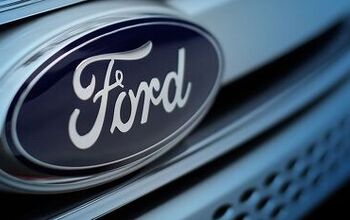
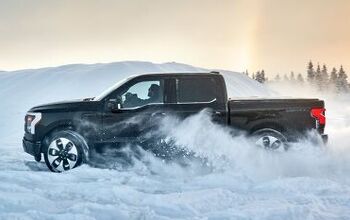
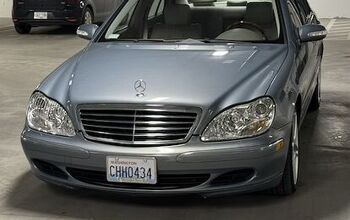
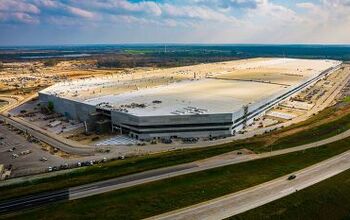

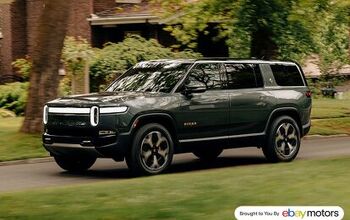
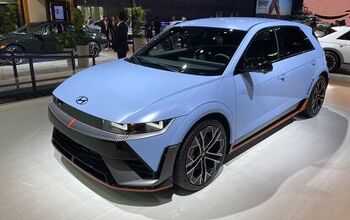
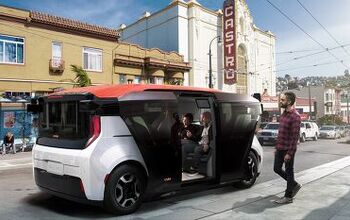
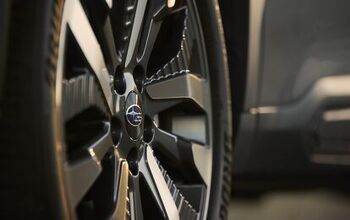
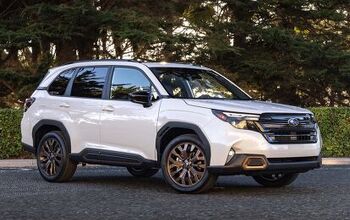
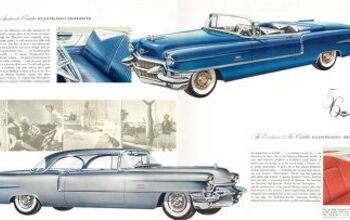
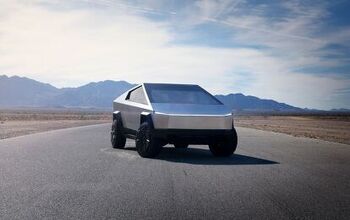

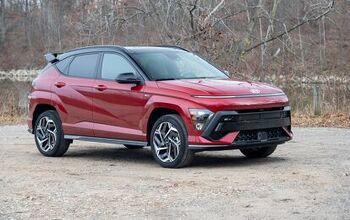

Comments
Join the conversation
Things aren't going well for Tesla. Time for Elon Musk to distract the media by announcing that he's digging a tunnel to the moon or something.
(voice of Gomer Pyle) "surprise! surprise! suprise!" Tesla is simply the most elaborate ponzi scheme conceived. It is the Bricklin, the DeLorean, and the Dale all on steroids. Promises half arsed kept. Pathetic overreach into pomposity and to arrogance. Instead of concentrating on a core product of Tesla batteries, wall units, and charging and just automobiles, this company is into space, worm tubes, and laughable fake tractor trailer rigs. And it still can't build a quality car. I watch youtube videos of the blivetheads who buy these and nearly make love to them and I see poor panel fit, excuses for things that don't work or aren't functional, or the company intentionally releases its latest car with brakes almost as bad as a 1950's Nash!